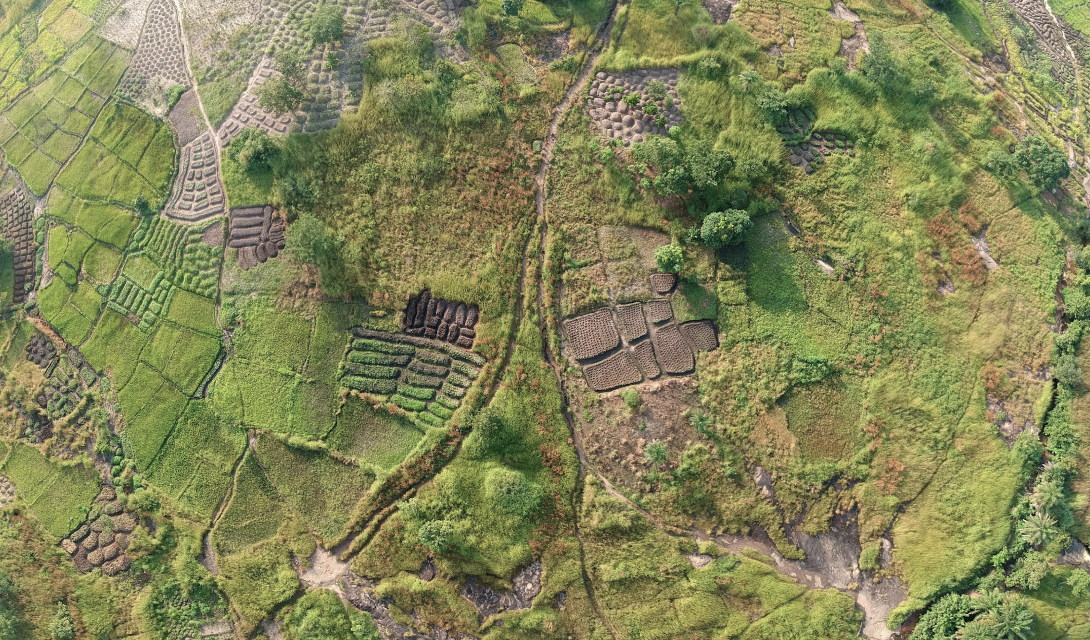How would I report on the green impact of my projects?
Green finance builds on providing investors with a clear and measurable green impact besides the return on investment. There are a vast number of potential green projects, and the types of impact is wide ranging.
The market for green finance values transparent reporting, measurable green impact and clear communication to involved investors. As with risk and return, investors will compare and benchmark the green impact – searching for maximal validated green impact!
What are certifiers and validators, and would I really need them?
Capital markets are built on trust, and the same is true for green finance.. External validators can boost trust, by validating all parts of a green finance offer – from the design, the financials to the impact provided.
Green impact can, for example, be validated by certifications, measurements, audits or even by opening access to data produced by green projects.







